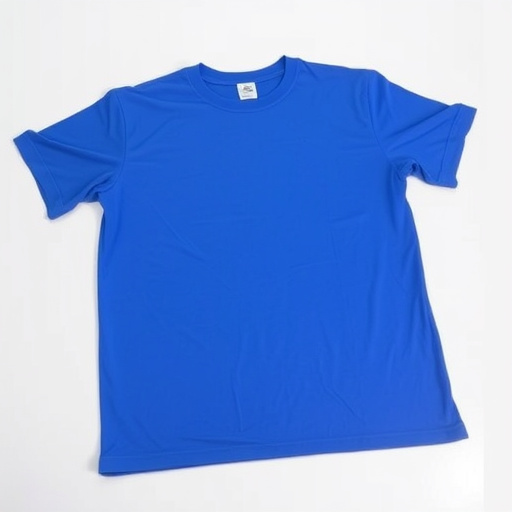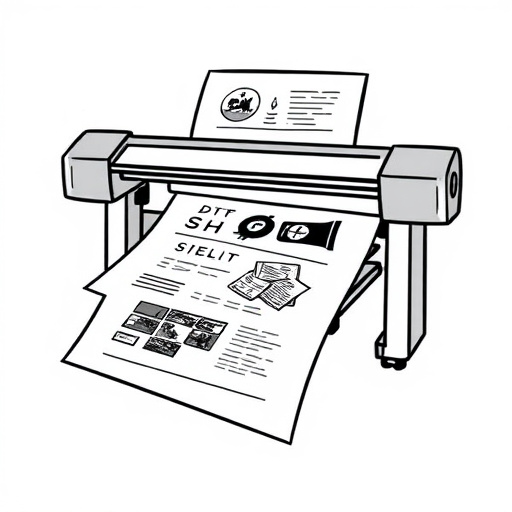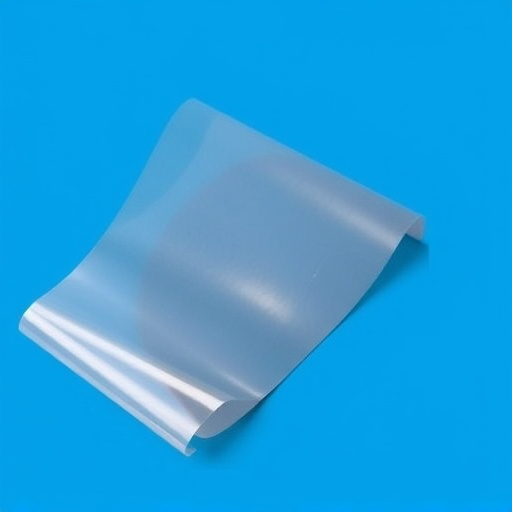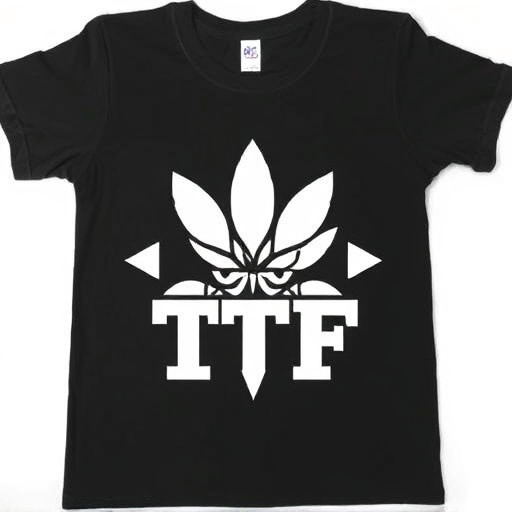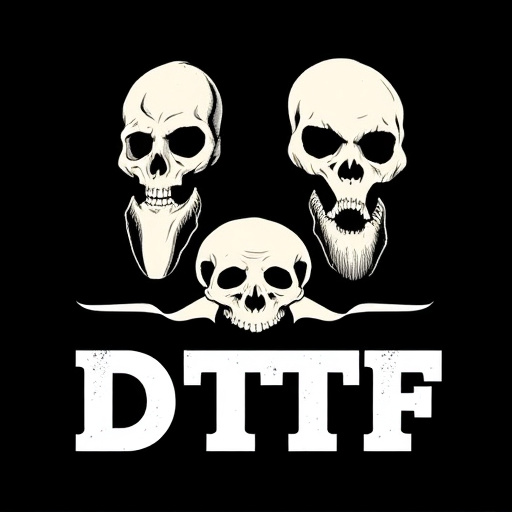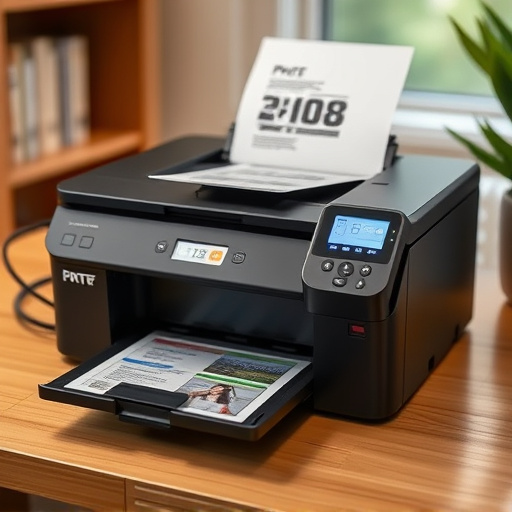DTF Transfer Film is a revolutionary printing method that offers precise, swift, and eco-friendly custom design creation on diverse materials. By eliminating traditional printing methods and enabling users to upload their own gang sheets, it minimizes waste and reduces costs for businesses. This technology ensures exceptional color matching ideal for branding consistency, enhances durability of prints, and streamlines production lines while promoting sustainability. A step-by-step guide for transitioning to DTF includes assessing current methods, selecting suitable films, optimizing designs, setting up workstations, printing and applying the film, and curing ink for durable results.
Discover how DTF Transfer Film is transforming manufacturing, reducing production waste significantly. This innovative technology offers precise cuts and seamless transfers, minimizing material loss compared to traditional methods. In this article, we’ll delve into the mechanics of DTF Transfer Film, explore its environmental benefits, and provide a step-by-step guide to integrating this game-changer into your workflow.
- Understanding DTF Transfer Film and Its Benefits
- How DTF Reduces Production Waste
- Implementing DTF in Your Workflow: A Step-by-Step Guide
Understanding DTF Transfer Film and Its Benefits

DTF Transfer Film is a game-changer in the printing and production industry, offering a highly efficient and precise method for creating custom designs on various materials. This innovative technology allows users to upload their own gang sheet, ensuring complete control over the design process. By eliminating traditional printing methods, DTF provides an incredibly fast delivery service, meeting the demands of modern businesses.
One of its key advantages is the ability to achieve exceptional color matching, a critical factor for brand consistency. The film’s versatility makes it suitable for numerous applications, from signage and displays to promotional products. With DTF, production waste is significantly reduced as the process is precise and tailored to individual needs, making it an eco-friendly and cost-effective solution for businesses seeking efficient printing alternatives.
How DTF Reduces Production Waste
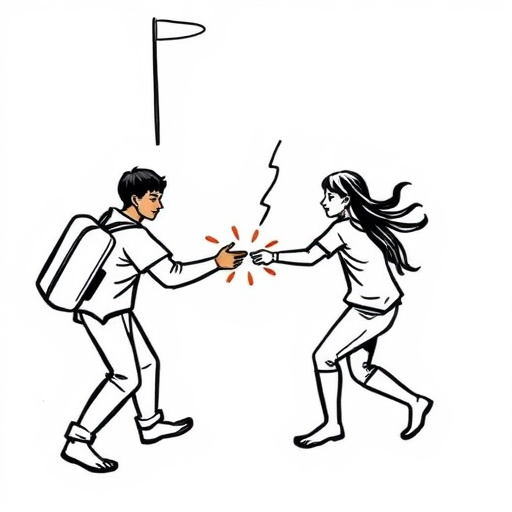
DTF Transfer Film is revolutionizing the way we approach production waste. By employing this innovative technology, manufacturers can significantly reduce the amount of material discarded during the printing process. The DTF (Direct-to-Film) method allows for precise cutting and placement of designs directly onto the fabric or substrate, eliminating unnecessary wastage. This precision is a game-changer, as it ensures every inch of material is utilized efficiently.
Furthermore, DTF Heat Transfers offer enhanced durability, which not only extends the life of garments but also reduces the need for frequent reprints due to damaged or worn-out transfers. The intricate designs can be achieved with ease, and the process is both cost-effective and environmentally friendly. With its meticulousness and efficiency, DTF Gang Sheet Builder plays a pivotal role in streamlining production lines, fostering a more sustainable approach to manufacturing while maintaining high-quality standards.
Implementing DTF in Your Workflow: A Step-by-Step Guide
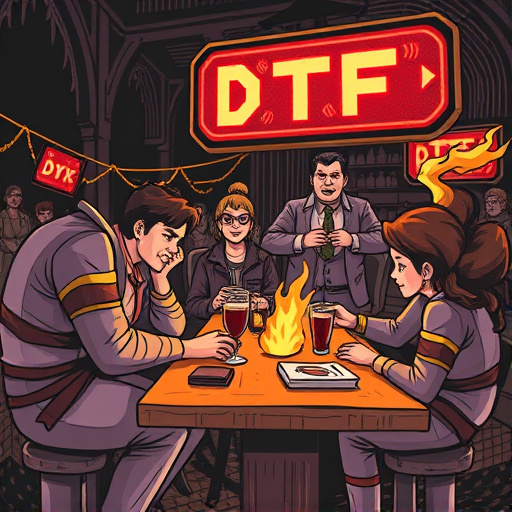
Implementing Direct to Film (DTF) transfer technology into your production workflow can significantly reduce waste and enhance efficiency. Here’s a step-by-step guide on how to make this game-changing transition:
1. Assess Your Current Process: Begin by evaluating your current printing methods and identifying areas where DTF can improve upon them, specifically in terms of material wastage and production time.
2. Select the Right DTF Transfer Film: Choose a high-quality DTF transfer film that aligns with your intended applications. Look for films designed for durable prints, as these will offer better longevity and resistance to fading or cracking. Ensure compatibility with your printing equipment and ink types.
3. Prepare Your Designs: Optimize your graphic designs for DTF printing. Clear lines, sharp contours, and high-resolution images are essential for achieving precise and detailed transfers. Consider using software that supports DTF-specific features to ensure the best results.
4. Set Up Your Workstation: Equip your workspace with necessary tools and equipment, including a clean, flat surface for film placement, printing hardware, and protective gear. Ensure proper ventilation, as some inks may emit strong scents.
5. Print and Apply the DTF Film: Load the chosen transfer film onto your printer according to the manufacturer’s instructions. Print your designs directly onto the film, ensuring accurate positioning. Once printed, carefully apply the film to the desired surface using heat and pressure, following recommended guidelines for optimal adhesion and durability.
6. Cure and Finish: After applying the DTF logo transfers or durable prints, cure the ink according to the product specifications. This step ensures long-lasting, vibrant colors. Once cured, trim excess film if needed and inspect your work for any imperfections.
The adoption of DTF Transfer Film is a game-changer for production processes, offering a sustainable and cost-effective solution. By eliminating the need for harmful chemicals and reducing material waste, DTF significantly minimizes environmental impact while cutting down on production costs. With its ease of use and proven benefits, implementing DTF in your workflow is a step towards a more efficient and eco-friendly future, making it an indispensable tool for any industry striving for excellence.





